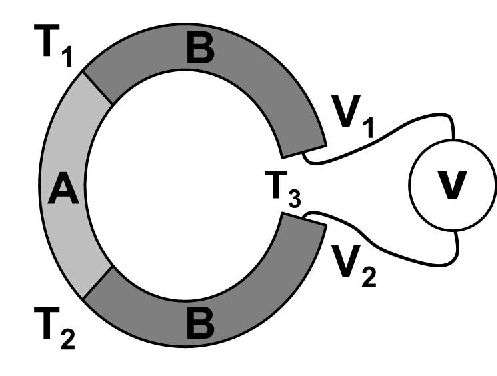The role of electron diffusivity when turning waste heat into electricity

Many phenomena in physics, though well-known, are not necessarily widely understood. That's the case with thermoelectricity, which harnesses waste heat by coupling heat flux and electric current. However, understanding such phenomena is important in order to leave the door open for discovering novel manifestations of them. Thus, even today physicists working in the area of thermoelectricity continue to ask fundamental questions about the underlying physical process. For example, in a recent study, a team based in France questioned the nature of the force that puts electrons to work when a temperature difference is applied across a thermoelectric material. Now, Henni Ouerdane, affiliated to the Russian Quantum Center near Moscow, and colleagues have published in EPJ Plus.
A study showing that the force that puts electrons to work to harness the waste heat is linked to the ability of electrons to diffuse through the material. Potential applications in the field of electrical power production from waste heat include thermoelectric devices designed to boost power over a range spanning ten orders of magnitude: typically from microwatts to several kilowatts.
One of the key factors in thermoelectricity is a measure of the strength of the mutual interaction between electric charge transport and heat transport, referred to as the Seebeck coefficient. In physical terms, this coefficient is related to the gradient of the system's electrochemical potential. In this study, the authors analyse the relationship between the thermoelectric power and the electrochemical potential in the thermoelectric system.
In particular, they study this in a semiconductor with low levels of impurity, as a model for observing the Seebeck coefficient. They then establish the link between this first model and a second, which uses the laws of thermodynamics to determine how the system behaves when it is not at equilibrium. They demonstrate that the electrical current resulting from thermoelectric effects can be directly formulated from the equations governing drift-diffusion of electrons at the macroscopic scale.
More information: Y. Apertet et al. A note on the electrochemical nature of the thermoelectric power, The European Physical Journal Plus (2016). DOI: 10.1140/epjp/i2016-16076-8
Provided by SAGE Publications




















